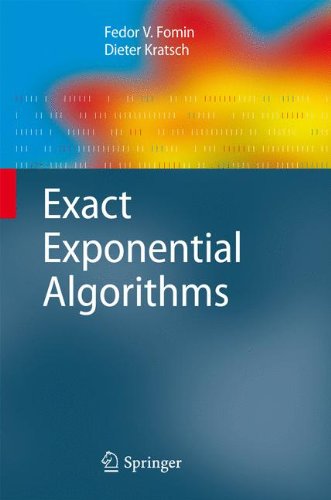

Most ebook files are in PDF format, so you can easily read them using various software such as Foxit Reader or directly on the Google Chrome browser.
Some ebook files are released by publishers in other formats such as .awz, .mobi, .epub, .fb2, etc. You may need to install specific software to read these formats on mobile/PC, such as Calibre.
Please read the tutorial at this link: https://ebookbell.com/faq
We offer FREE conversion to the popular formats you request; however, this may take some time. Therefore, right after payment, please email us, and we will try to provide the service as quickly as possible.
For some exceptional file formats or broken links (if any), please refrain from opening any disputes. Instead, email us first, and we will try to assist within a maximum of 6 hours.
EbookBell Team

4.0
96 reviewsToday most computer scientists believe that NP-hard problems cannot be solved by polynomial-time algorithms. From the polynomial-time perspective, all NP-complete problems are equivalent but their exponential-time properties vary widely. Why do some NP-hard problems appear to be easier than others? Are there algorithmic techniques for solving hard problems that are significantly faster than the exhaustive, brute-force methods? The algorithms that address these questions are known as exact exponential algorithms.
The history of exact exponential algorithms for NP-hard problems dates back to the 1960s. The two classical examples are Bellman, Held and Karp’s dynamic programming algorithm for the traveling salesman problem and Ryser’s inclusion–exclusion formula for the permanent of a matrix. The design and analysis of exact algorithms leads to a better understanding of hard problems and initiates interesting new combinatorial and algorithmic challenges. The last decade has witnessed a rapid development of the area, with many new algorithmic techniques discovered. This has transformed exact algorithms into a very active research field. This book provides an introduction to the area and explains the most common algorithmic techniques, and the text is supported throughout with exercises and detailed notes for further reading.
The book is intended for advanced students and researchers in computer science, operations research, optimization and combinatorics.